Since the Columbia tragedy, only one US space vehicle has travelled to the station: Discovery, which was launched this July on a test mission.
WASHINGTON: NASA is trumpeting five years of human flight on the international space station, at a time when US astronauts need Russian vehicles to get there and space agency finances are under fire for mismanagement.
Former residents of the orbiting outpost gathered at NASA’s Johnson Space Centre in Houston on Thursday to reminisce about their voyages in a televised briefing featuring video clips of weightless astronauts caroming around with such props as bite-size candies, a guitar and Hawaiian shirts. The first station crew arrived at the complex on November 2, 2000.
Ed Lu, a member of the first two-person crew to travel to the station after the fatal disintegration of space shuttle Columbia in 2003, described his impressions. “We closed the hatch... Yuri (Malenchenko, Lu’s Russian crewmate) and I looked at each other and said to each other, ‘What have we gotten ourselves into? You’re stuck with me and I’m stuck with you for the next six months. I hope this goes well,” Lu said.
“As it turned out, it went extremely well. It went by much faster than I ever thought it would go.” The cost of the space station, including its development, assembly and operation, could well exceed $100 billion, shared between the participating nations.
Since the Columbia tragedy, only one U.S. space vehicle has travelled to the station: Discovery, which was launched this July on a test mission that led NASA to suspend shuttle flights once more.
Until those flights resume, Russian Soyuz space taxis must serve as the only mode of human transport to the station.
Congress has to pass legislation to ensure that Americans will continue to get rides aboard Soyuz craft until 2011, because of the Iran Nonproliferation Act, which bars the U.S. use of most Russian space technology as long as Russia exports nuclear and missile technology to Iran. Both houses of Congress have passed legislation that would allow NASA to pay Russia’s space agency for Soyuz trips despite the act.
First envisioned in the 1980s, the 16-nation project has been repeatedly scaled down as costs rose. At this point, NASA figures it will take 18 shuttle flights to complete construction.
No station construction flights will occur until after the next shuttle mission, while NASA tackles a persistent problem with falling debris on liftoff.
![submenu-img]() DNA TV Show: Indian Army's 'Operation All-Out' in J-K ahead of Assembly Polls
DNA TV Show: Indian Army's 'Operation All-Out' in J-K ahead of Assembly Polls![submenu-img]() Deepinder Goyal's Zomato gets Rs 45900000 notices from two states for...
Deepinder Goyal's Zomato gets Rs 45900000 notices from two states for...![submenu-img]() 'Going on record...': Zaheer Khan bats for controversial rule in IPL amid mixed reactions from Rohit, Kohli
'Going on record...': Zaheer Khan bats for controversial rule in IPL amid mixed reactions from Rohit, Kohli![submenu-img]() Paris Paralympics: Archer Sheetal Devi finishes second in compound ranking round, misses world record by...
Paris Paralympics: Archer Sheetal Devi finishes second in compound ranking round, misses world record by...![submenu-img]() ‘Come quickly...': Audio clips of phone calls from RG Kar Hospital to victim's father spark fresh controversy
‘Come quickly...': Audio clips of phone calls from RG Kar Hospital to victim's father spark fresh controversy![submenu-img]() गुजरात में बारिश का तांडव, अब तक 32 लोगों की मौत, बाढ़ की चपेट में 18 जिले, हेलिकॉप्टर से रेस्क्यू
गुजरात में बारिश का तांडव, अब तक 32 लोगों की मौत, बाढ़ की चपेट में 18 जिले, हेलिकॉप्टर से रेस्क्यू![submenu-img]() राहुल गांधी से किशोरी लाल शर्मा तक... लोकसभा चुनाव में कांग्रेस के किस नेता पर कितना पैसा हुआ खर्च, जानें
राहुल गांधी से किशोरी लाल शर्मा तक... लोकसभा चुनाव में कांग्रेस के किस नेता पर कितना पैसा हुआ खर्च, जानें![submenu-img]() शिवाजी स्टैच्यू विवाद ने महायुति के बीच बढ़ाई टेंशन, शिंदे-अजीत मांग रहे माफी, BJP फोड़ रही ठीकरा
शिवाजी स्टैच्यू विवाद ने महायुति के बीच बढ़ाई टेंशन, शिंदे-अजीत मांग रहे माफी, BJP फोड़ रही ठीकरा![submenu-img]() Farrukhabad Death Case : 'जिसका वजन ज्यादा वो ऊपर कैसे है...' पेड़ पर लटकी मिली दो लड़कियों के शव पर पिता के आरोप
Farrukhabad Death Case : 'जिसका वजन ज्यादा वो ऊपर कैसे है...' पेड़ पर लटकी मिली दो लड़कियों के शव पर पिता के आरोप ![submenu-img]() राहुल गांधी को लेकर स्मृति ईरानी के बदले सुर, कांग्रेस नेता की राजनीति और 'सफेद टी-शर्ट' पर कही ये बात
राहुल गांधी को लेकर स्मृति ईरानी के बदले सुर, कांग्रेस नेता की राजनीति और 'सफेद टी-शर्ट' पर कही ये बात![submenu-img]() Days after ex-IAS trainee Puja Khedkar case, UPSC to use this method for candidates’ verifications
Days after ex-IAS trainee Puja Khedkar case, UPSC to use this method for candidates’ verifications![submenu-img]() Meet IITian, who left his high-paying job at Samsung for UPSC exam, became IAS officer, secured AIR...
Meet IITian, who left his high-paying job at Samsung for UPSC exam, became IAS officer, secured AIR...![submenu-img]() Meet woman who cracked UPSC exam twice, her husband and brother are IAS officers, she is now posted as…
Meet woman who cracked UPSC exam twice, her husband and brother are IAS officers, she is now posted as…![submenu-img]() Meet girl, bus driver's daughter who cracked NEET-UG in second attempt, she scored...
Meet girl, bus driver's daughter who cracked NEET-UG in second attempt, she scored...![submenu-img]() Meet woman who cracked UPSC exam in third attempt, became IPS officer, known as 'Lady Singham' for...
Meet woman who cracked UPSC exam in third attempt, became IPS officer, known as 'Lady Singham' for...![submenu-img]() Tripura Floods: 12 Killed, Over 300 Rescued As Heavy Rains Causes Severe Flooding In Tripura
Tripura Floods: 12 Killed, Over 300 Rescued As Heavy Rains Causes Severe Flooding In Tripura![submenu-img]() Kolkata Doctor Murder: Are Indian Rape Laws Enough? Public Opinion On Stricter Measures
Kolkata Doctor Murder: Are Indian Rape Laws Enough? Public Opinion On Stricter Measures![submenu-img]() PM Modi In Poland: Calls For 'Restoration Of Peace' Amid Russia-Ukraine War | Warsaw
PM Modi In Poland: Calls For 'Restoration Of Peace' Amid Russia-Ukraine War | Warsaw![submenu-img]() Neeraj Chopra Bags Second Spot In Lausanne Diamond League 2024, Surpasses Paris Olympic Throw
Neeraj Chopra Bags Second Spot In Lausanne Diamond League 2024, Surpasses Paris Olympic Throw![submenu-img]() Surat Metro Construction Mishap: Crane Topples Onto Vacant Building, No Casualties Reported
Surat Metro Construction Mishap: Crane Topples Onto Vacant Building, No Casualties Reported![submenu-img]() Neeraj Chopra, Manu Bhaker, Vinesh Phogat: How much did brand value of star athletes jump after Paris Olympics?
Neeraj Chopra, Manu Bhaker, Vinesh Phogat: How much did brand value of star athletes jump after Paris Olympics?![submenu-img]() Manu Bhaker wants to spend time with this Indian sportsperson and it's not Neeraj Chopra
Manu Bhaker wants to spend time with this Indian sportsperson and it's not Neeraj Chopra![submenu-img]() Neeraj Chopra's net worth before Olympics was Rs 25 cr, Arshad's net worth was Rs 80 lakh, their current net worth is...
Neeraj Chopra's net worth before Olympics was Rs 25 cr, Arshad's net worth was Rs 80 lakh, their current net worth is...![submenu-img]() Vinesh Phogat's net worth was just Rs 5 crore before Paris Olympics, her current net worth is Rs…
Vinesh Phogat's net worth was just Rs 5 crore before Paris Olympics, her current net worth is Rs…![submenu-img]() What is the price, length and weight of Neeraj Chopra and Olympic gold medalist Arshad Nadeem's javelin?
What is the price, length and weight of Neeraj Chopra and Olympic gold medalist Arshad Nadeem's javelin?![submenu-img]() Called first lady of Indian cinema, this actress left husband to elope with her co-star, married Russian painter; then..
Called first lady of Indian cinema, this actress left husband to elope with her co-star, married Russian painter; then..![submenu-img]() 5 symptoms of colon cancer to never ignore
5 symptoms of colon cancer to never ignore![submenu-img]() From Naukuchital to Solan: Top 5 hill stations in North India for a weekend rewind
From Naukuchital to Solan: Top 5 hill stations in North India for a weekend rewind![submenu-img]() Foods that can develop cancer-causing chemicals when overcooked
Foods that can develop cancer-causing chemicals when overcooked ![submenu-img]() One of the biggest box office flops lost Rs 1100 crore, studio boss was fired, director went in hiding, star disappeared
One of the biggest box office flops lost Rs 1100 crore, studio boss was fired, director went in hiding, star disappeared![submenu-img]() ‘Come quickly...': Audio clips of phone calls from RG Kar Hospital to victim's father spark fresh controversy
‘Come quickly...': Audio clips of phone calls from RG Kar Hospital to victim's father spark fresh controversy![submenu-img]() Pakistan formally invites PM Modi to Islamabad for SCO meeting
Pakistan formally invites PM Modi to Islamabad for SCO meeting![submenu-img]() Gujarat rains: IMD predicts extremely heavy rainfall in Saurashtra, Kutch, several other regions till...; check forecast
Gujarat rains: IMD predicts extremely heavy rainfall in Saurashtra, Kutch, several other regions till...; check forecast![submenu-img]() INS Arighat: India's second nuclear-powered submarine commissioned, check specifications here
INS Arighat: India's second nuclear-powered submarine commissioned, check specifications here![submenu-img]() Assam passes Bill abolishing Muslim marriages, divorce act, mandates govt registration, CM Himanta says ‘next target..'
Assam passes Bill abolishing Muslim marriages, divorce act, mandates govt registration, CM Himanta says ‘next target..'![submenu-img]() Malayalam cinema's sexual abuse scandal explained: How sexual assault of star in 2017 led to Mollywood's #MeToo moment
Malayalam cinema's sexual abuse scandal explained: How sexual assault of star in 2017 led to Mollywood's #MeToo moment![submenu-img]() Jammu and Kashmir Assembly elections: What is delimitation that paved the road for these Elections?
Jammu and Kashmir Assembly elections: What is delimitation that paved the road for these Elections?![submenu-img]() Wings of Refuge: Rafales escort Hasina to safety
Wings of Refuge: Rafales escort Hasina to safety![submenu-img]() Bangladesh in a crisis: A coup, protests and a fleeing Prime Minister
Bangladesh in a crisis: A coup, protests and a fleeing Prime Minister![submenu-img]() DNA Explainer: What is Waqf Board Act and why does Modi government want to amend it?
DNA Explainer: What is Waqf Board Act and why does Modi government want to amend it?
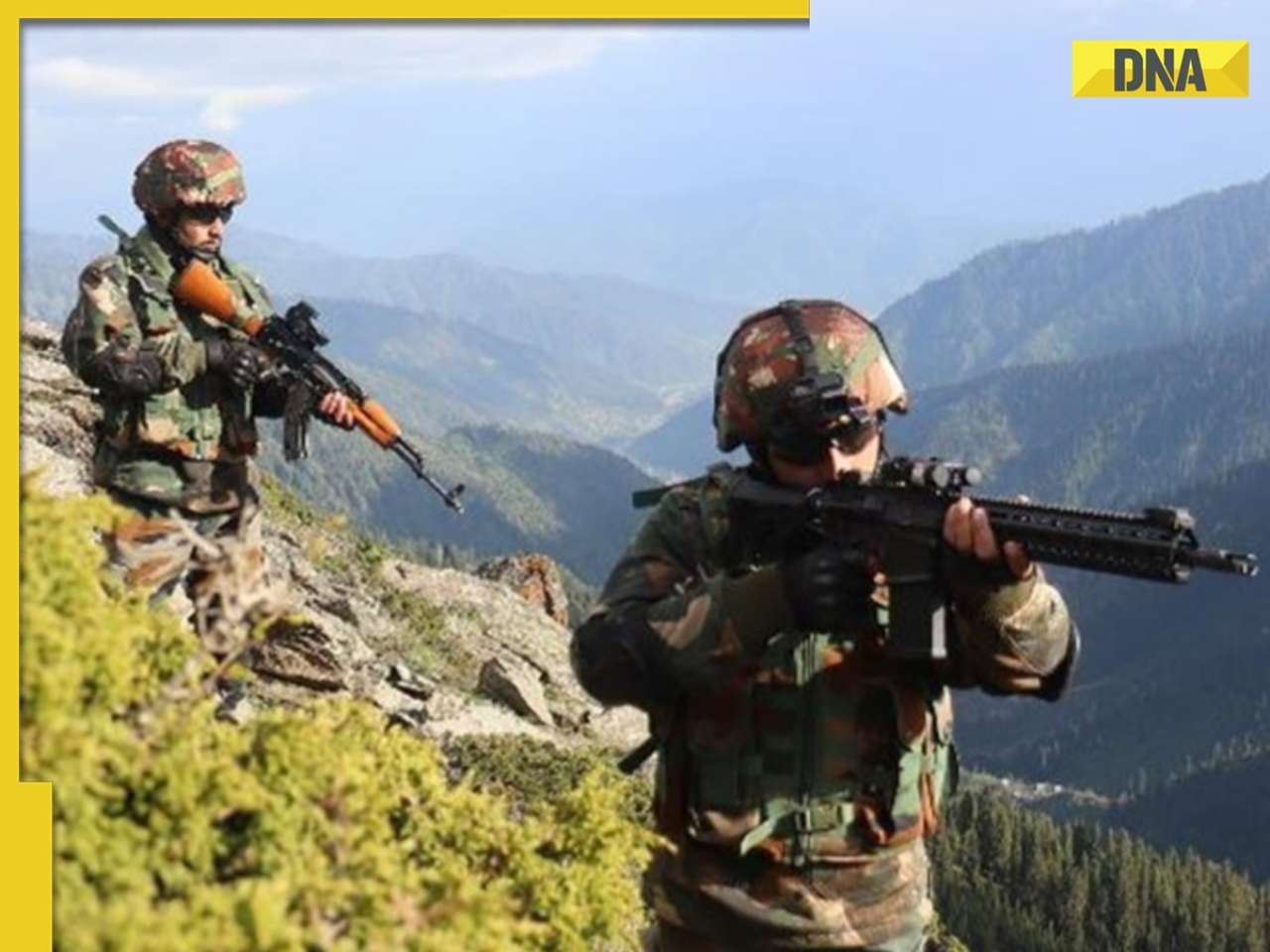














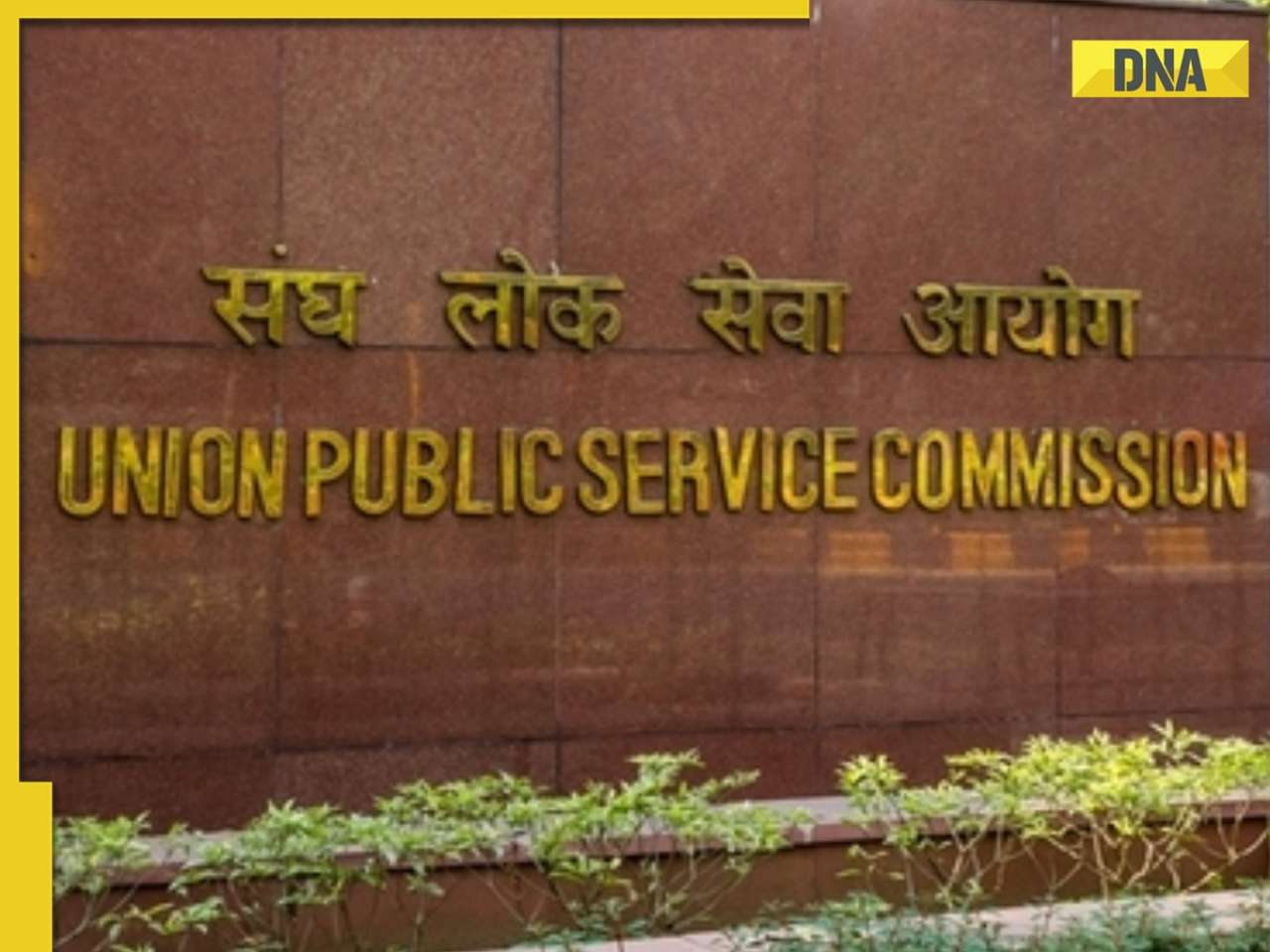
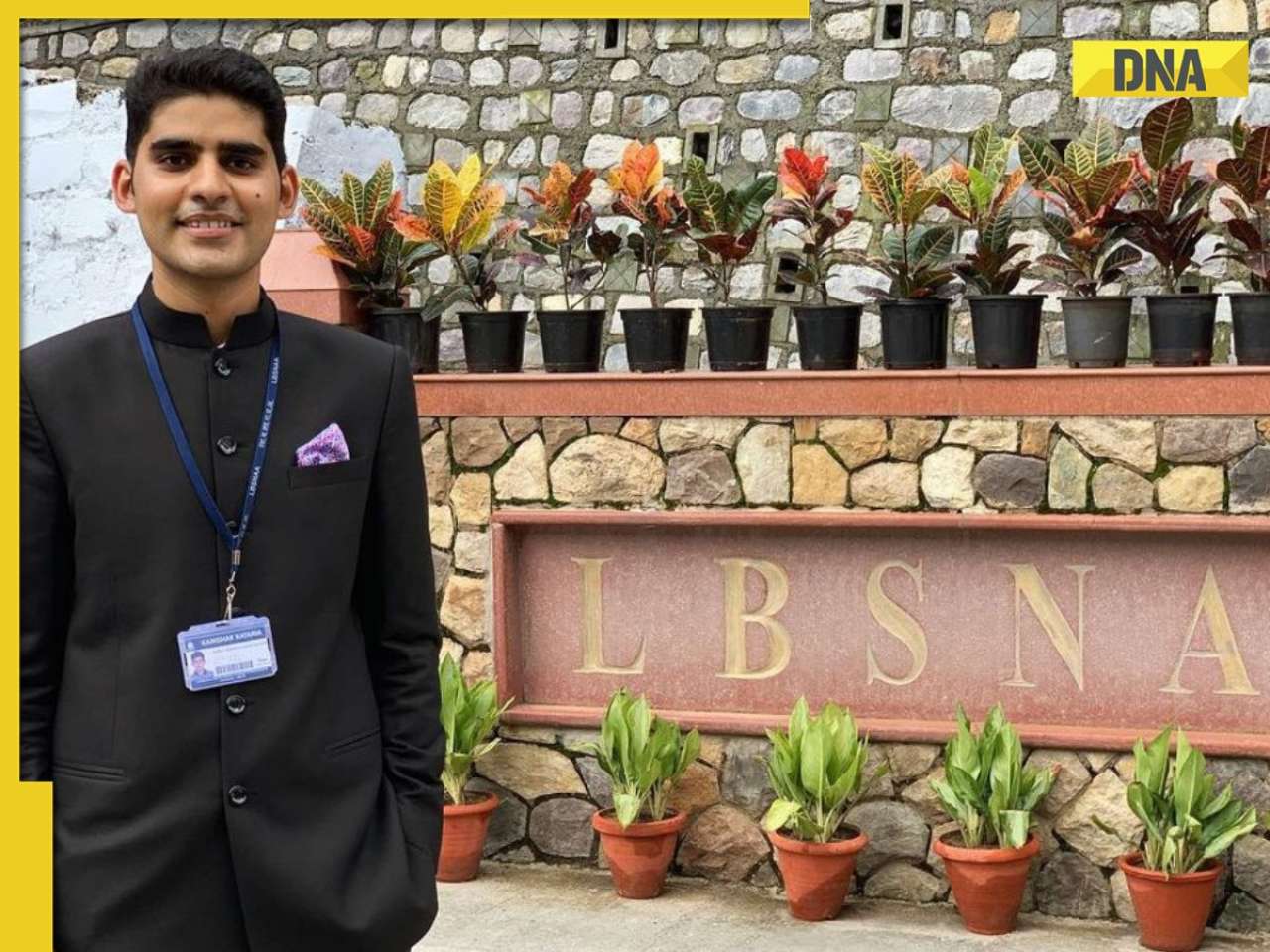



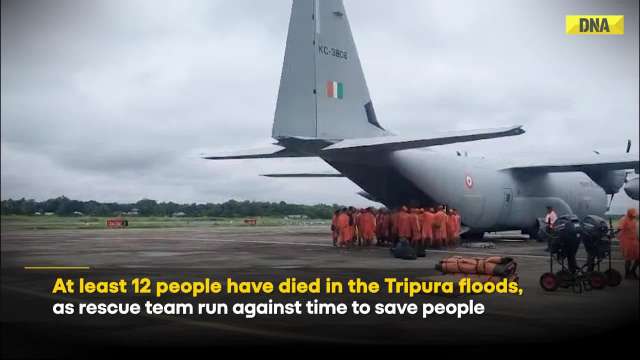
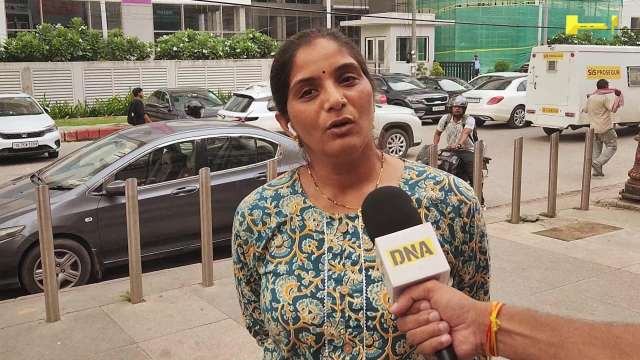


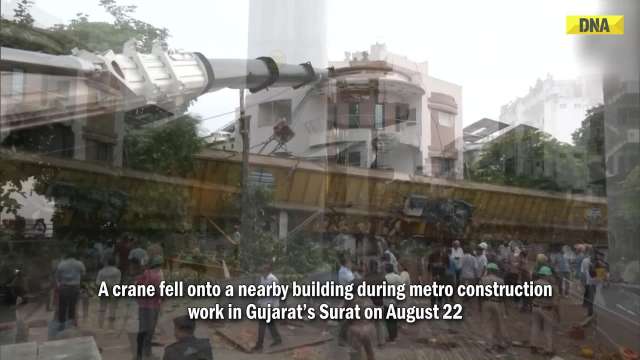












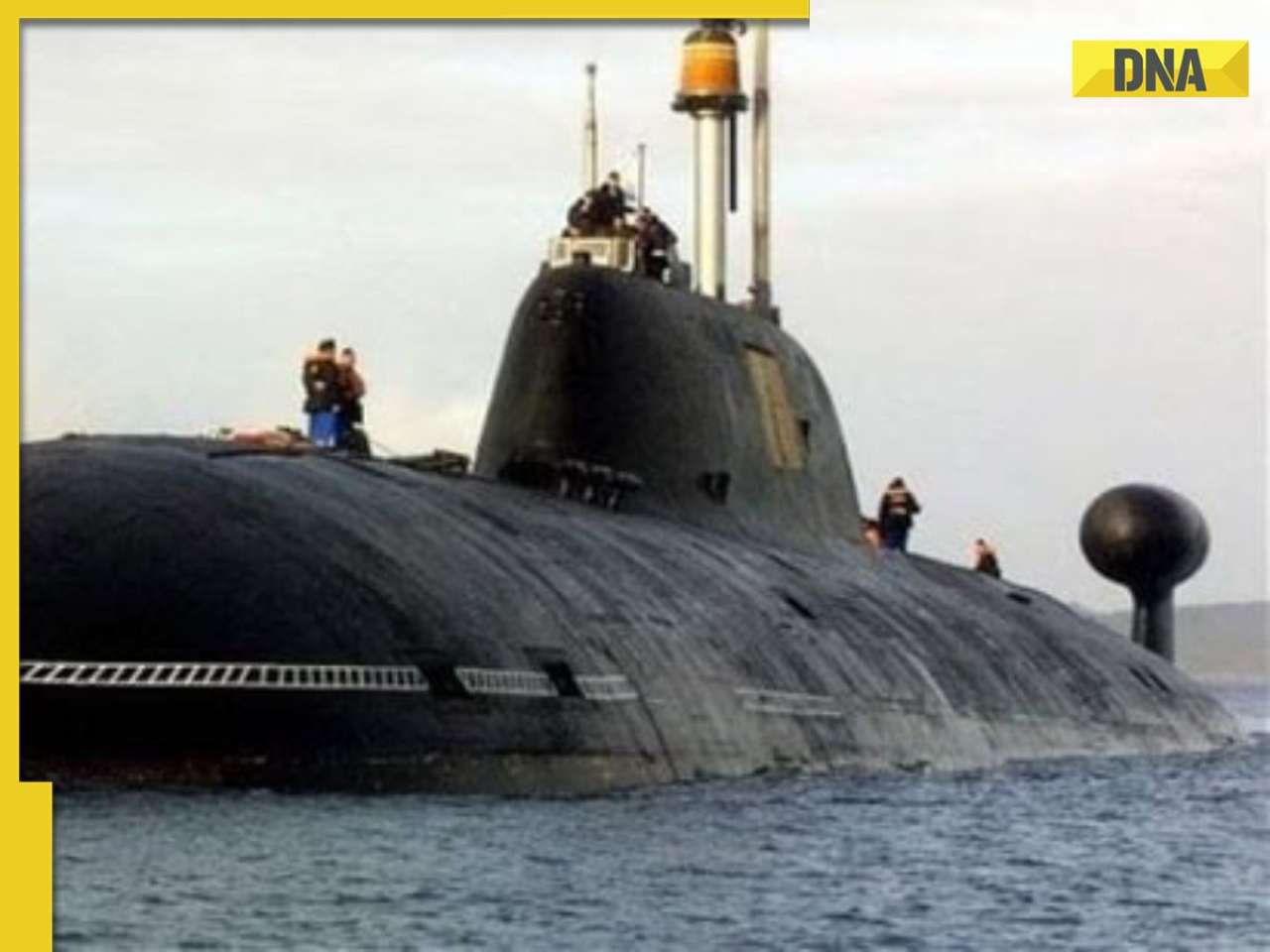
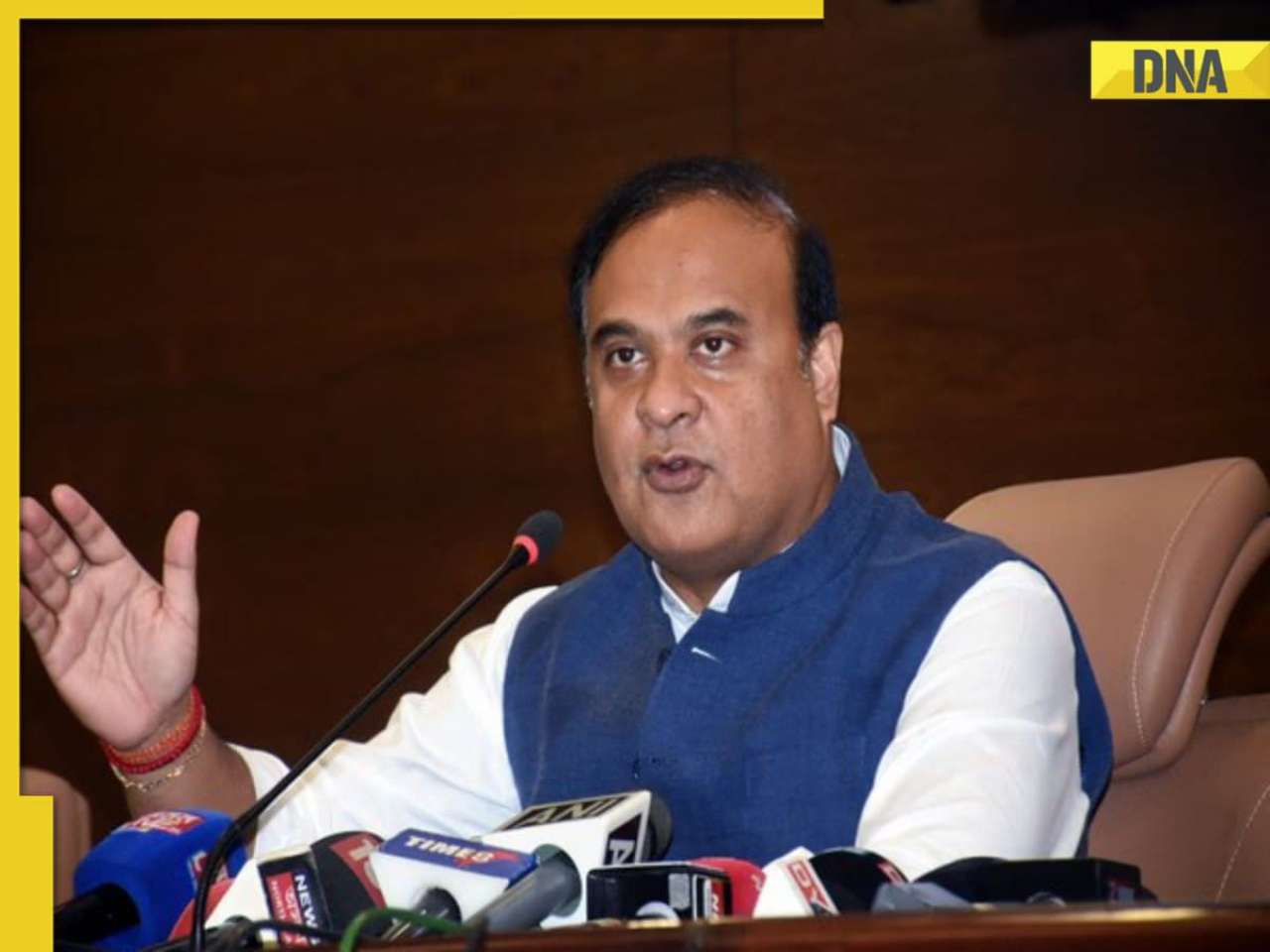
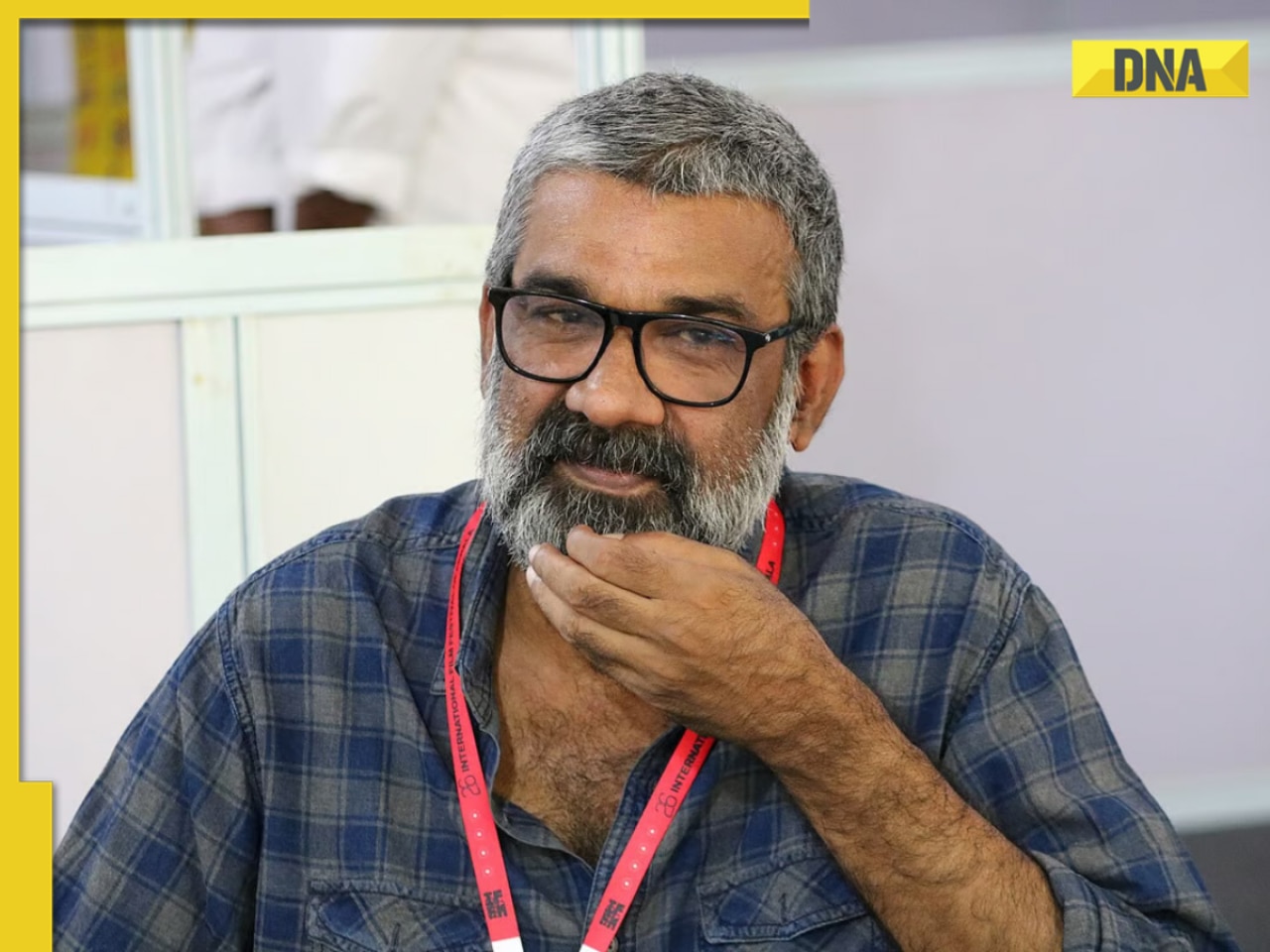
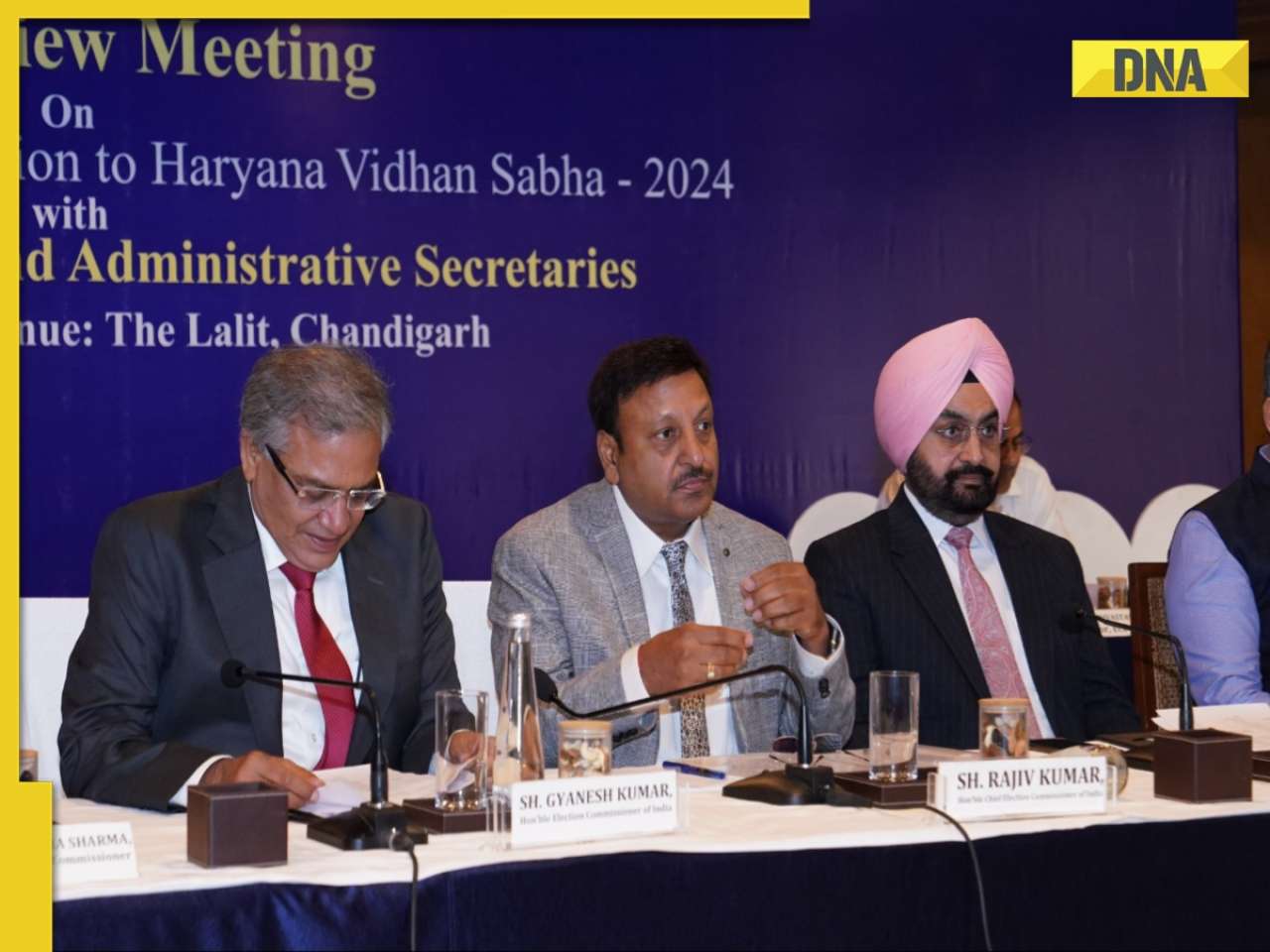
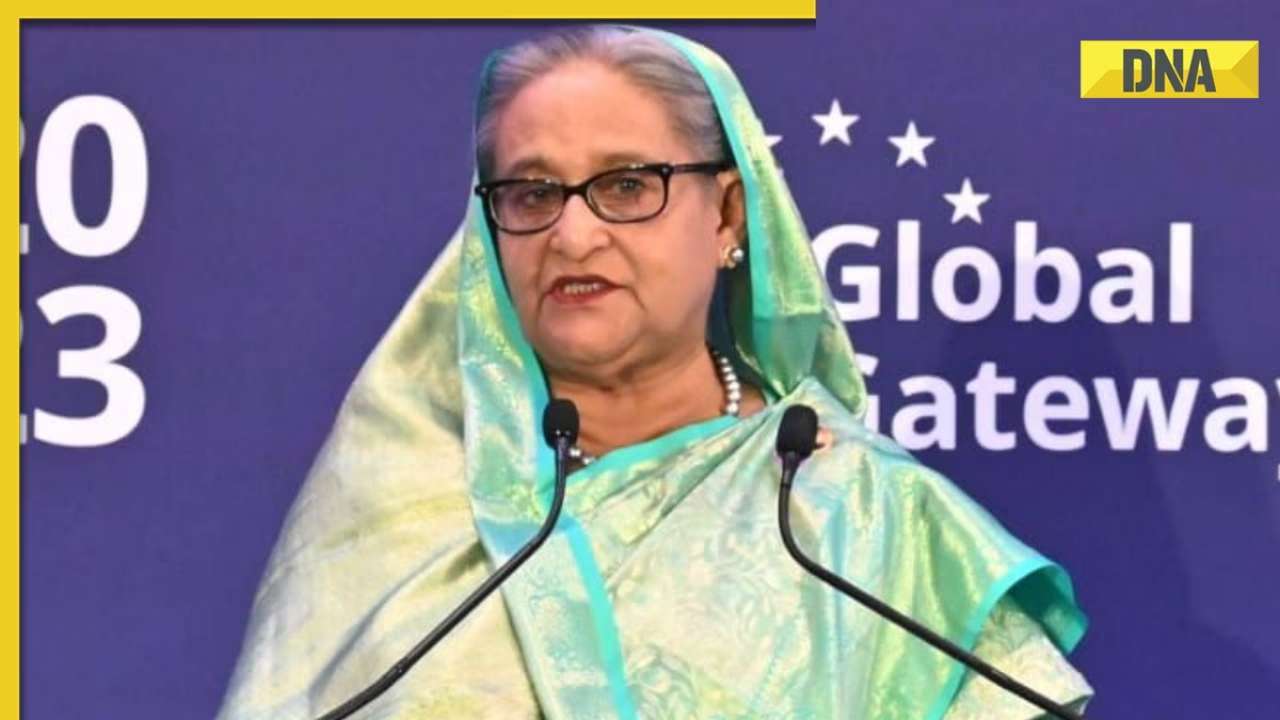




)
)
)
)
)
)
)
)
)
)
)
)
)
)





)
)
)
)
)
)